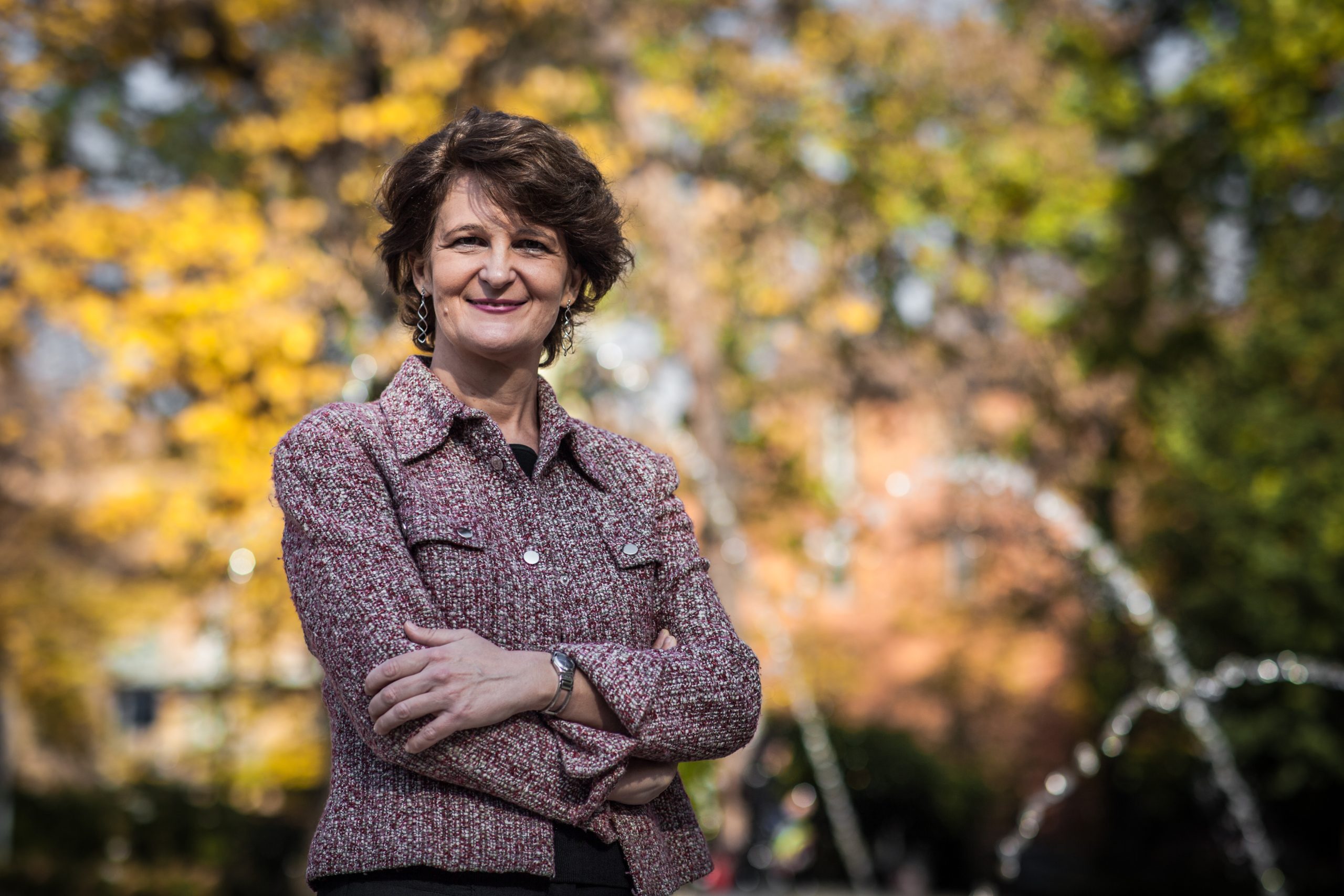- en
Top 10 EU cities with the most positive population trend
Main newsNewsReports & Analyses
Every October 31st, the world celebrates Cities Day in order to bring focus to urbanization, the mass movement of populations from rural to urban settings. The celebration was started by UN. According to the United Nations, 15 years ago the world has achieved a significant milestone: for the first time in history, 50% of the human population was living in urban areas.
In 2020, 56.2% of the world population was populating urban centres and by 2050, it is estimated that nearly 7 of 10 people in the world will live in urban areas.
There is a significant diversity in the urbanization levels across the world. According to the World Urbanization Prospects 2018 created by the Department of Economic and Social Affairs of the United Nations, the most urbanized geographic regions are: Northern America (82% living in urban areas in 2018), Latin America and the Caribbean (81%) and Australia (68%). Asia’s score is 50%, while Africa has 43% of people living in urban areas.
Europe made a score of 74% of people living in urban settings. According to the latest Eurostat’s analysis from 2019 which included 500 cities, half of the top 10 cities with over 500,000 inhabitants are located in Spain.
World Development Indicators by World Bank point out that Spain has seen a total increase of 24,24% of people living in urban areas with relation to those in rural ones in the last 60 years. To be more precise, in 1960, Spain had 56.57% urban centres inhabitants, while the percentage for 2020 was 80.81%.
The same analysis for Lithuania says that in 1960, the percentage of people in urban areas was 39,46% and in 2020, it got up for a total of 28,59%, meaning 68,05% people were inhabitated in urban settings.
Italy had 59,36% of residents in urban areas in 1960, while the percentage for 2020 shows an increase of 11,68%: last year, Italy’s total was 71,04%.
Europe’s second most populated country, Germany, has seen an increase of 6,07% of people living in urban areas in the period of last 60 years. In 1960, there were 71,38% of people in urban centres, while last year, the percentage was 77,45%.
The European city (500,000+ inhabitants) with the highest positive trend in the population increase when comparing 2018 and 2019 is Milan (2,2%), according to Eurostat. It is also Italian most populated city.
Italy’s national sources state that the population within the wider Milan Metropolitan area is estimated between 8.2 million and 12.5 million making it by far the largest metropolitan area in Italy.
Milan has become renowned around the world as a global city that leads the world in sectors including tourism, fashion, manufacturing, education and the arts.
According to World Population Review, Milan has been plagued with decades of a declining population, in part due to the financial crisis and industry declines. However, the signs of growth are again evident and it is estimated that the population of the city in 2030 will be 3,16 million (in comparison with 3,124 million in 2020).
When talking about foreigners living in Milan, the total percentage is 18% with 28,903 EU foreigners and 222,583 non-EU. Also, Milan has the largest community of Chinese in the country.
The second 500,000+ city in Europe with the highest population trend 2018-2019 is Madrid with an increase of 1,3% in one year period of time. In 2018, the city of Madrid had 3,223,334 inhabitants, while the number for 2019 was 3,266,126 or an increase of 42.792 residents.
Also, Madrid Metropolitan Area made the 4th place on the list of the positive population trend with an increase of 1,2% (from 4,955,432 to 5,012,504 inhabitants).
An improving Spanish economy led to a demographic boom in Madrid in the late 1990s and the early 21st century with international immigration. Madrid has long attracted immigrants from around the world. In 2019, the share of foreigners in Madrid’s population was 12%.
Another Spanish city, Zaragoza, was placed on the high, third place with 1,2% of positive population trend. Zaragoza has seen an increase of 8,117 inhabitants in total (from 666,880 in 2018 to 674,997 in 2019).
A diverse landscape – from Pyrenees mountains to Canary Islands with over 300 sunny days per year, it is no wonder Spanish cities dominate the positive population trend analysis.
The fifth place is reserved for the German city of Munich with 1,1% increase in the population. To be precise, Munich had 15.469 inhabitants more in 2019 than the previous year. Furthermore, Munich is 9th European city with the highest share of foreigners in population: 26% (Eurostat survey). Attracted by the city’s excellent location and wealth, many global companies like BMW, PwC and Siemens are based in Munich.
The other five cities which made the top 10 list when talking about population trend 2018 – 2019 are: city of Barcelona (1,0%), Leipzig (1,0%), Barcelona Metropolitan Area (1,0%), Berlin (0,9%) and Vilnius (0,8%).

All in all, for a big part of human history, most people across the world lived in small communities. Over the past few centuries, but particularly in the last several decades, this has changed dramatically. There has been a mass migration of populations from rural to urban areas and it is projected that by 2050, 68% of the world’s population will live in urban areas.
All these numbers address the importance of mayor’s role in the urban and social transformation, economic development and the overall cities’ improvement. Strong and consistent urban economies are essential for reducing the poverty and providing adequate housing, infrastructure, education, health and safety. Ambitious and dedicated leaders that can respond to the growing needs of urban residents but also the fast changing global circumstances are needed more than ever. (photo credit: Gerd Altmann/Pixabay)













